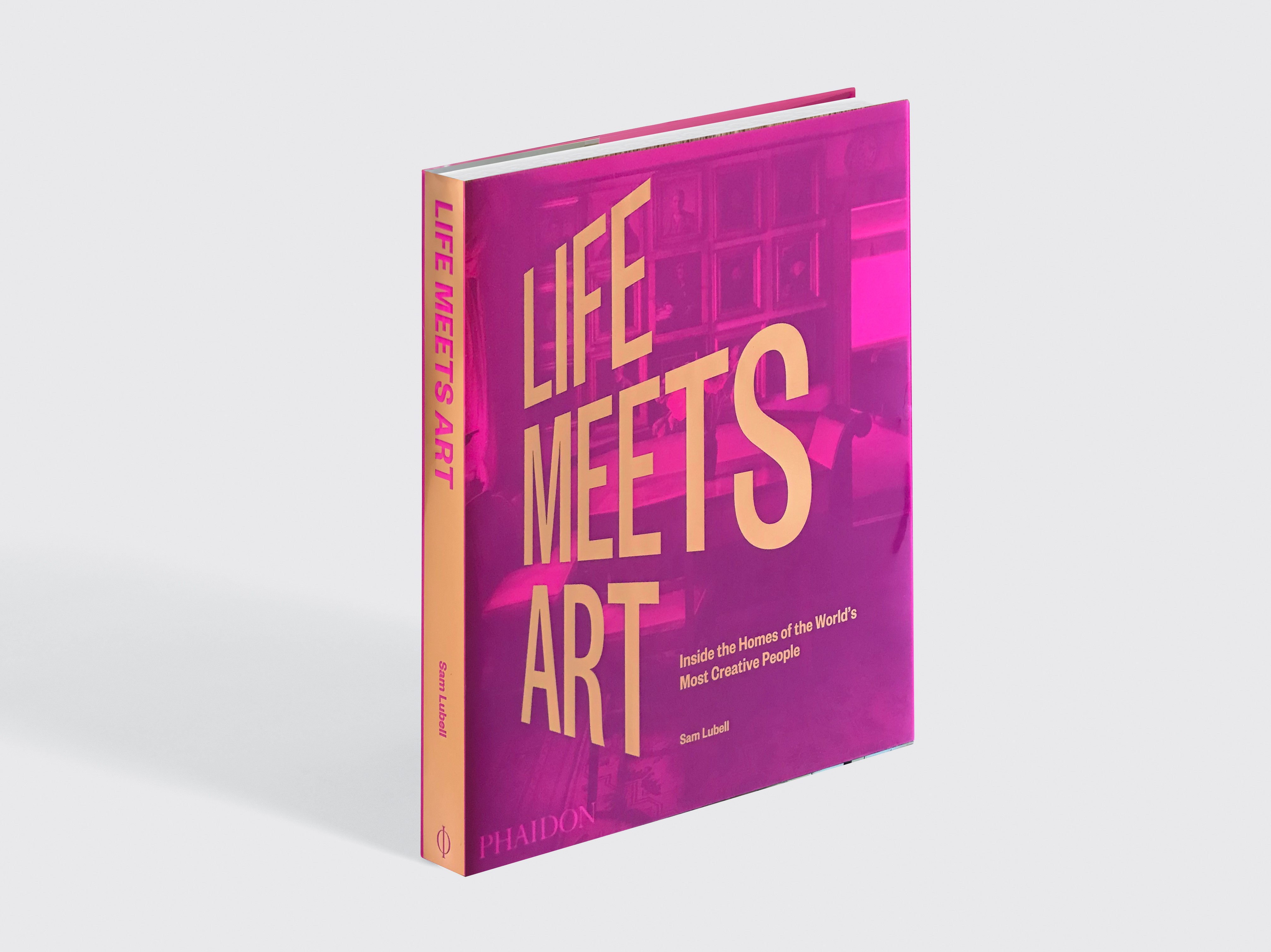
All you need to know about Life Meets Art
Our new interiors title delivers a peerless tour of the homes of some of the most inspiring, extraordinary and creative people to have ever lived, from Elvis Presley to Leonardo da Vinci, Herman Melville to Moby
All of us would like to get a little closer to the creative figures we admire so much. Of course, we can enjoy their art, movies, books and fashion collections, learn more about their lives and influences, and, of course read their biographies and occasionally their collected letters. Yet, up until now many of us have perhaps overlooked one, rewarding resource when it comes to cultural appreciation of those we revere.
“An oft-overlooked, profound way to experience their power and legacy is to examine one of the most personal aspects of who they are: their homes, their refuges, their inner sanctums.” writes author Sam Lubell in his introduction to his new book, Life Meets Art: Inside the Homes of the World's Most Creative People, “The spaces that purely reflect their values, their wants, and their spirits, designed just for them and those they love.”
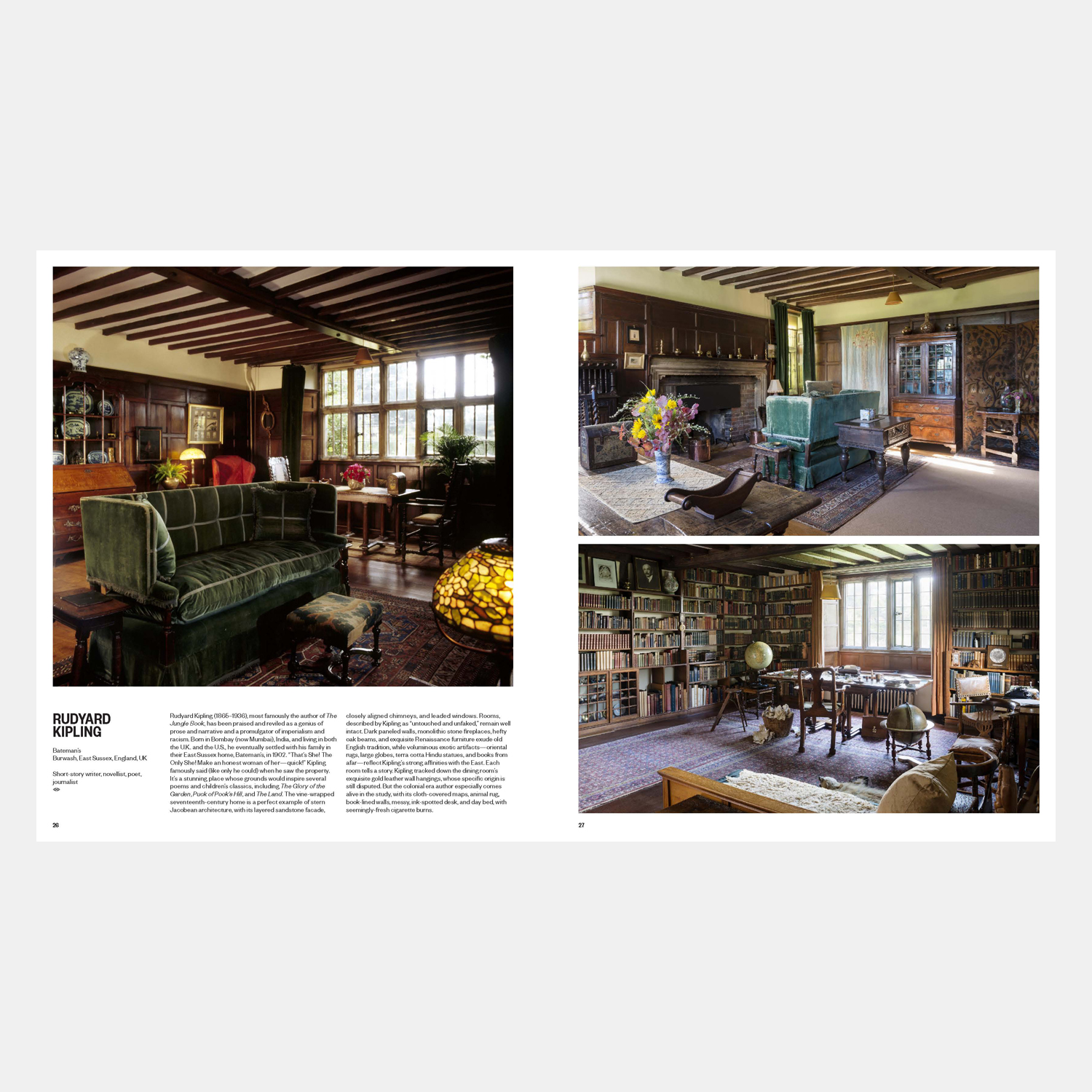
Lubell’s new book Life Meets Art addresses this oversight, offering readers incredible access to some of the most fascinating domestic settings in the world. The living spaces of hundreds of the most talented people in the spheres of art, design, fashion, literature, music, and film, feature in this new publication. Fittingly subtitled Inside the Homes of the World's Most Creative People, Life Meets Art runs from the Renaissance right up until the present day, delivering exquisite images and sharp textual insight into the homes of the creatives we love so much.
Leonardo da Vinci’s Chateau in Amboise, France, features in the book, with its detailed, welcoming interiors, furnished with tapestries, frescos, and portraits. Leaf forward a few pages, and you’ll come across the home of a more recent painter, René Magritte – a more modest apartment on the outskirts of Brussels, where, as Lubell notes, “Magritte created about half of his oeuvre, usually laboring in his dining room.”
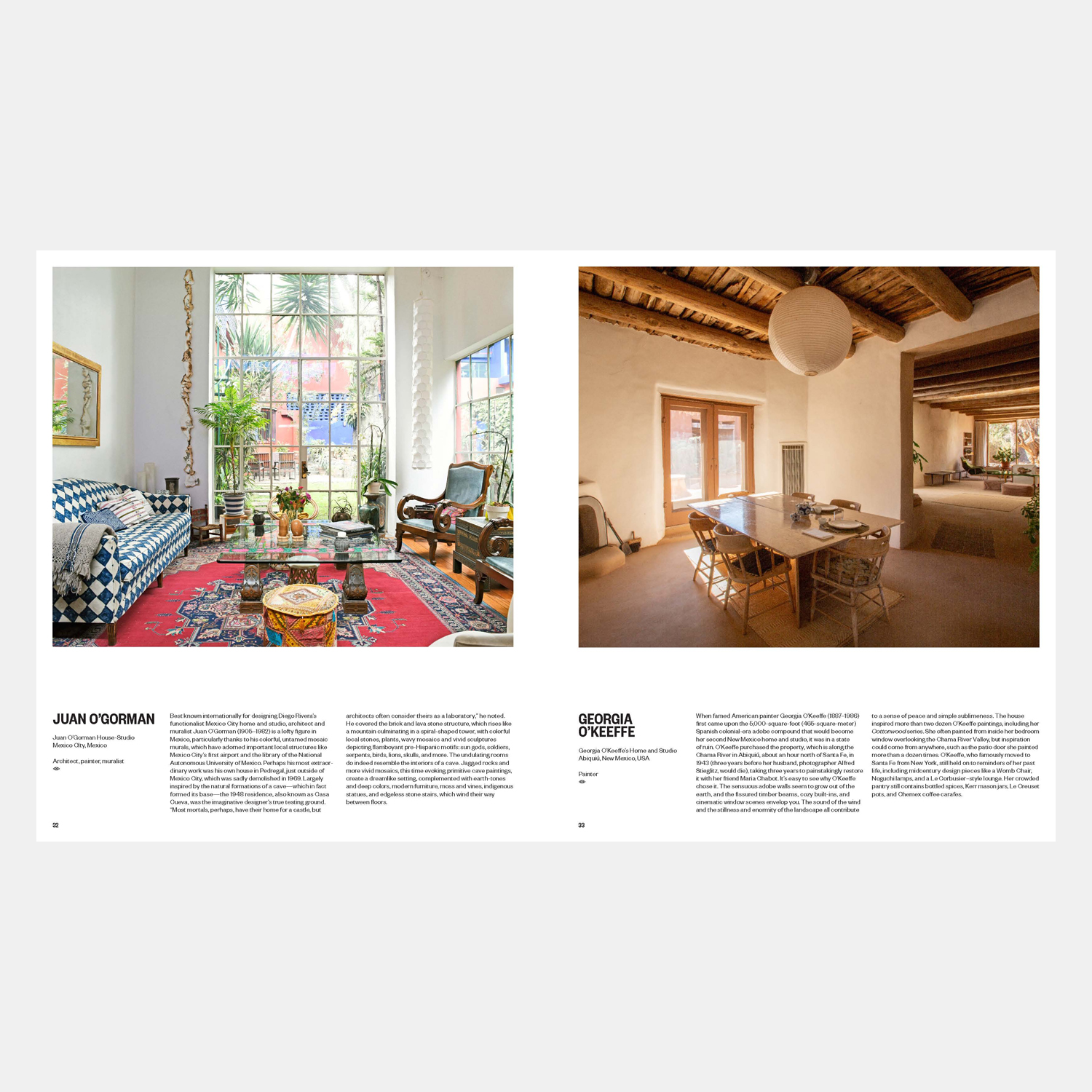
In some instances, you can detect the signature style of the owner; this is certainly the case for the late English fashion designer Alexander McQueen, whose London penthouse appears here. “A black, cream, and silver color scheme, typical of McQueen’s designs, with an Art Deco flavor is the inspiration for much of the property,” explains our book.
Similarly, the feline and fashion inclinations of Vogue’s Grace Coddington can be picked out in her East Hampton dwelling; “the walls are filled with a vast collection of prints by famous photographers she has worked with, as well as dozens of framed personal messages between Coddington and her partner, and there is an extensive collection of cat paraphernalia,” notes the accompanying text.
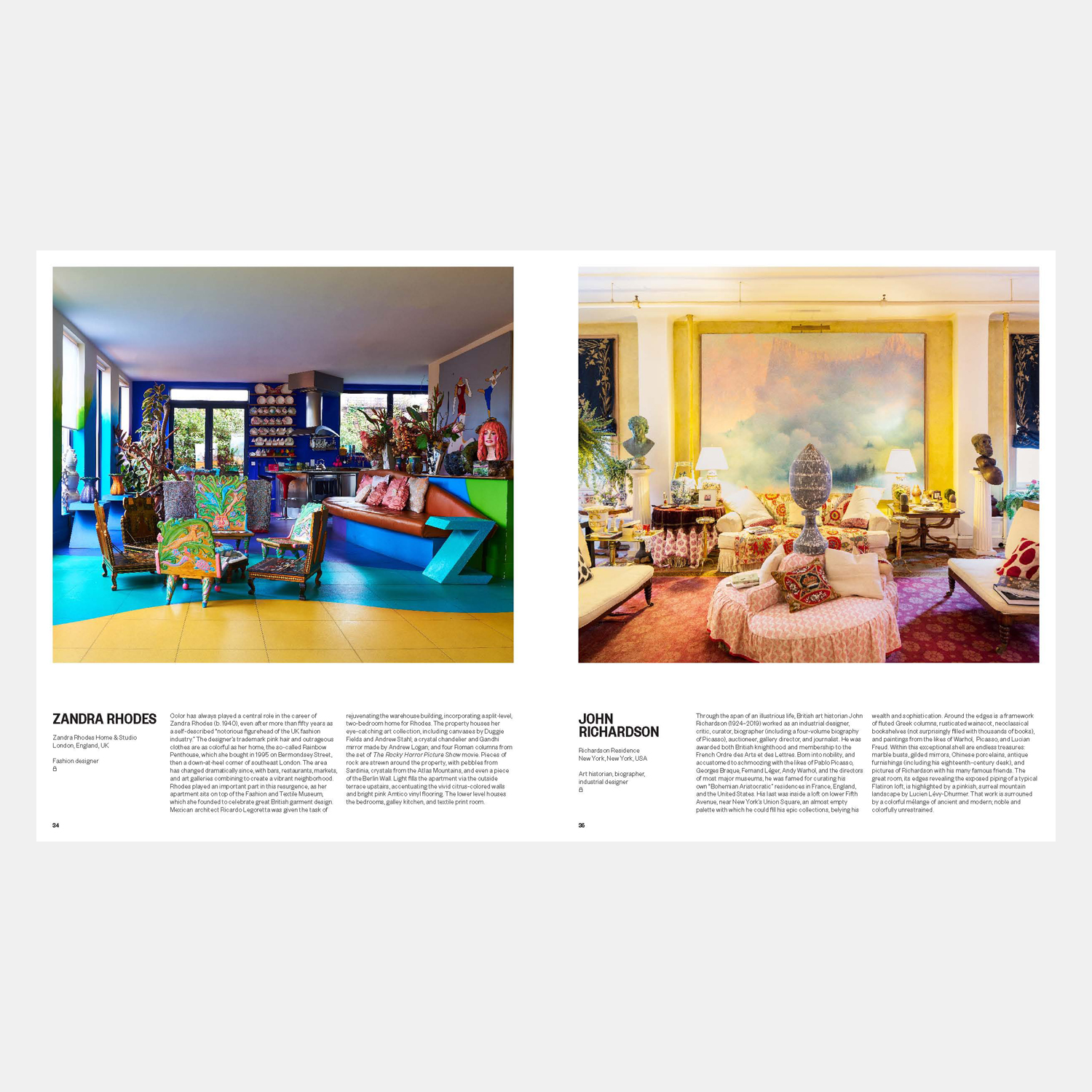
Some places, such as the home of thefashion designer Zandra Rhodes, have altered the neighbourhood. She bought her home, dubbed the Rainbow Penthouse, in 1995 on Bermondsey Street, then a down-at-heel corner of southeast London. “The area has changed dramatically since, with bars, restaurants, markets, and art galleries combining to create a vibrant neighborhood,” explains our book “Rhodes played an important part in this resurgence, as her apartment sits on top of the Fashion and Textile Museum, which she founded to celebrate great British garment design.”
A few entries show how some, very successful creatives end up with a residence fit for royalty. Consider Charlie Chaplin’s neoclassical place in Switzerland, where the actor and director lived out the last 25 years of his life; “graced with fluted pilasters and pedimented windows,” the house has “nineteen rooms, some still holding the family’s furnishings and possessions.”
A handful demonstrate how fame and fortune eluded others, such as the American novelist Herman Melville, whose sparse Massachusetts dwelling’s wood-paneled walls exudes a “sense of New England asceticism interrupted only by lovely dressers, clocks, beds, and china.”
In many instances we see that creativity in one field can spill over into a talent for expression in other areas. Take for example the poet Pablo Neruda’s house by the sea in Chile, decorated with “seagoing objects like a ship’s buxom figurehead, compasses, maps, ships in bottles, seashells, and whale’s teeth,” notes our new book. “There’s even a large rusty anchor in the garden.”
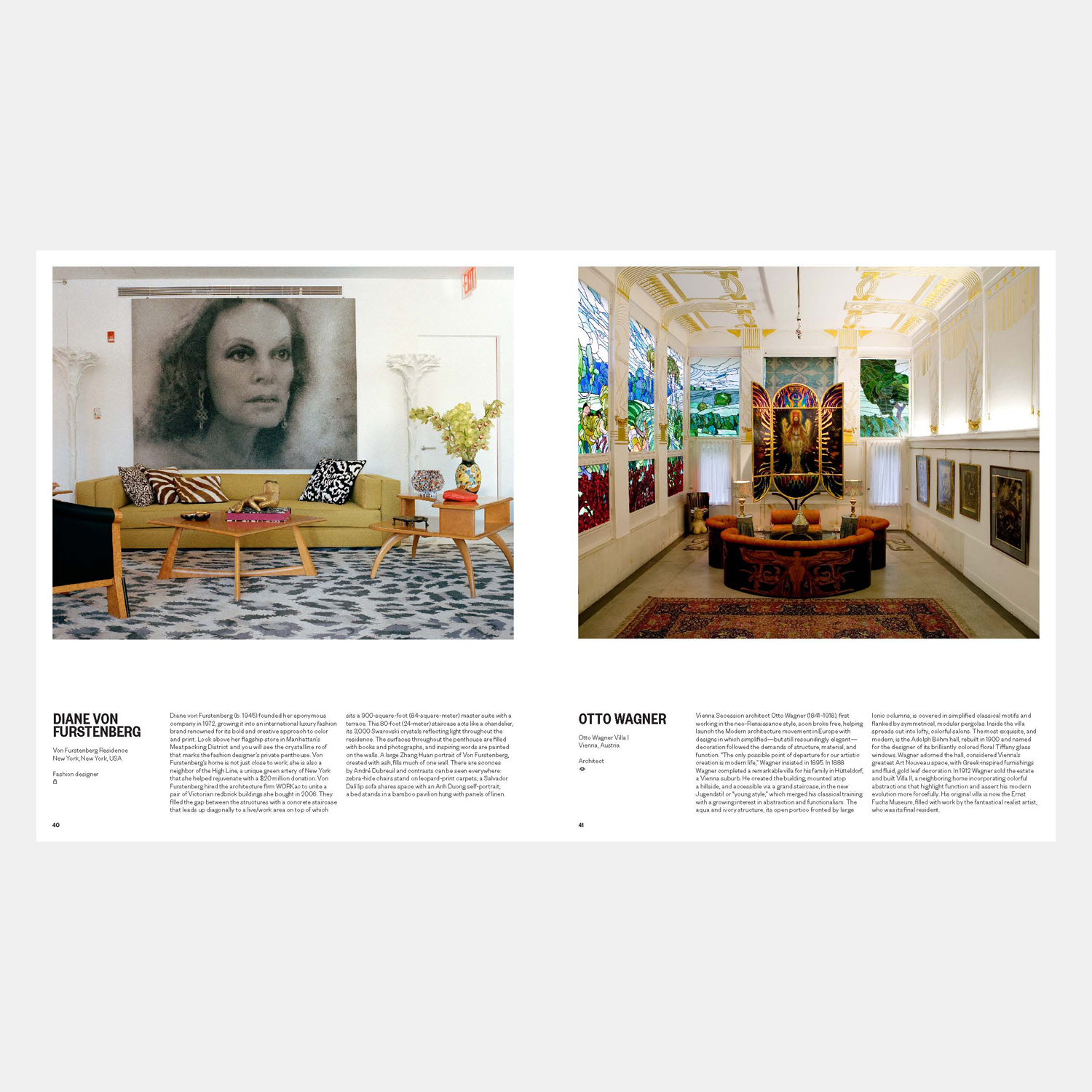
Of course, there are quite a few pros in the book too, such as the Mexican architect, Juan O’Gorman, who really show us how it should be done. “Most mortals, perhaps, have their home for a castle,” he is quoted as saying, “but architects often consider theirs as a laboratory." O’Gorman’s brick and lava-stone structure, “which rises like a mountain culminating in a spiral-shaped tower,” can certainly be considered to be a positive, experiment in domestic creativity, as can many, many of the other places featured.
Those with a professional or personal interest in interior design will adore the way Life Meets Art allows readers to see everyone from an American techno producer through to an Italian Renaissance Man decorated their dwelling.
Followers of art history will revel in the way Modernism, Minimalism, Rococo, Baroque, and many other distinct schools and styles appear and reappear in the homes of these well-known creative figures.

And anyone who has ever wondered what it might have been like to drop in on Jackson Pollock, the hang with Pablo Picasso, to dine with Frank Gehry, or shoot pool with Elvis Presley, will have their interests both sated and piqued by the entries in this beautiful, authoritative book. Find out more and to buy your copy of Life Meets Art: Inside the Homes of the World's Most Creative People.